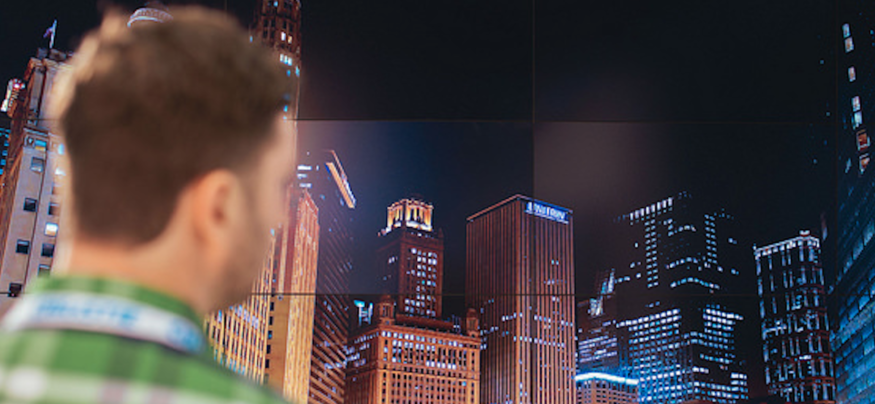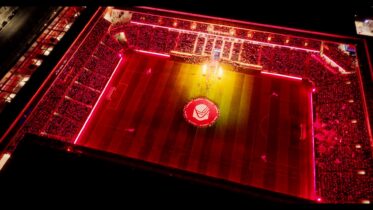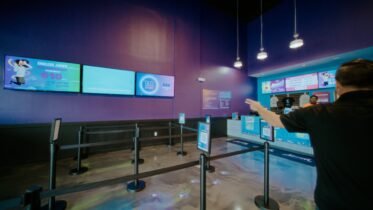News broadcasting has evolved significantly since the dawn of television. A growing number of news anchors are no longer sitting behind desks, preferring to deliver news in front of digital displays on broadcast sets in the form of video walls. As the anchor speaks to the audience, these video walls can display animated infographics or live-streaming video footage from a current news event.
The market for digital signage is on the rise, and this trend will continue throughout the next several years. According to a 2015 report from MarketsandMarkets, the total global market for digital signage is projected to grow from approximately $14.6 billion in 2014 to nearly $23.8 billion by 2020, a cumulative annual growth rate of close to 8.2 percent. Digital signage is used in a multitude of industries, including advertising, entertainment, hospitality, healthcare, education and transportation.
Among the key drivers for the growth in digital signage are the demand for greater interactivity and access to real-time information. In news broadcasting, video walls allow for live content to be streamed directly into the studio, making news reports more relevant and visually dynamic to viewers. Interactivity is particularly relevant during weather forecasts, for example, giving presenters the ability to switch from one graphic to another with just touch of their hand on the screen. The use of video walls for broadcast sets provides a richer viewing experience that is able to instantly catch the viewers’ attention.
Trends in Digital Signage on Broadcast Sets
Today’s technology is fast-paced and constantly evolving, with enterprises looking for new advancements and refinements. Ever-narrowing bezels on video wall displays now allow for the creation of a virtually seamless visual expanse of any shape or configuration. Color calibration has also improved, ensuring that images appear uniform across the full width of the video wall.
However, for broadcast use, standard LCD display technology has been problematic due to high color temperatures appearing distorted when viewed through the camera lens. For on-air use, displays must present content within a lower color temperature range from 2800K to 6500K, compatible with the lighting and cameras in a broadcast studio. On-air displays must also provide a uniform viewing angle from any camera position without a change in brightness and an avoidance of color shifts.
Samsung recently introduced a video wall solution to address these needs. Specifically designed for the broadcast industry, the displays feature non-glare panels to provide vivid imagery even under bright studio lighting. The displays maintain color depth, contrast and high brightness at 3200K. And advanced color calibration capabilities enable brightness and color uniformity across multiple screens. This enables video and graphics content to be displayed correctly at all angles with no distortion. In addition, Samsung’s robust content management system, MagicInfo, allows for easy operation, authoring and updating. This makes it an ideal solution for the broadcasting room where seconds count during a breaking story.
A New Era for Broadcasting
Recent developments in video wall technology will allow for a new era visual engagement on broadcast sets, providing viewers with a far richer viewing experience that is more in line with what they expect in the digital age. This will increase the appeal of traditional news broadcasting, allowing presenters to display real-time content in a more captivating and consistent manner, ultimately helping them to retain relevance with viewers and to reach a larger overall audience.








